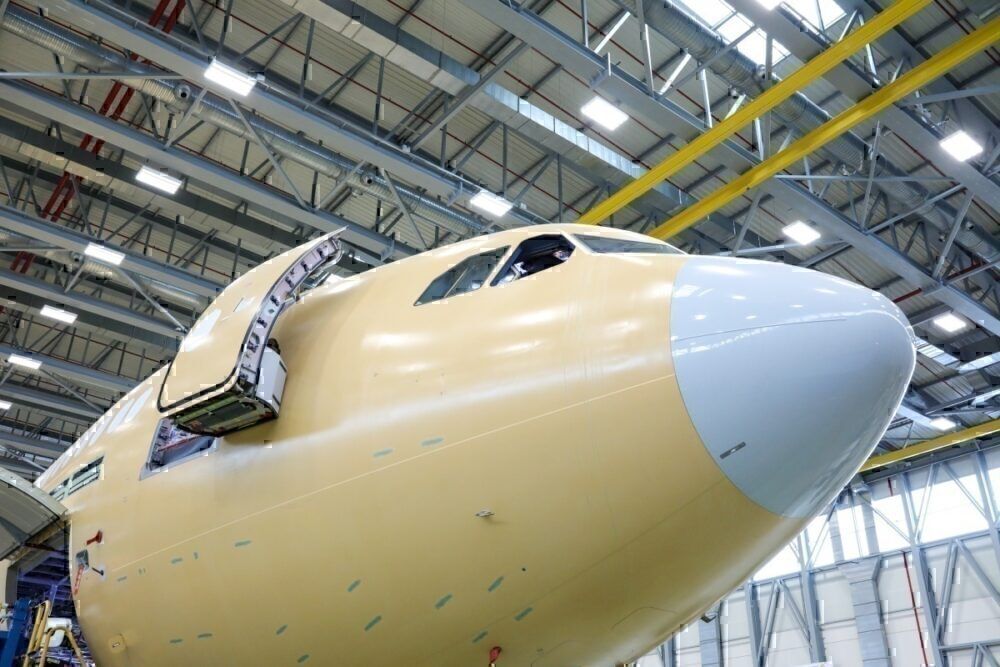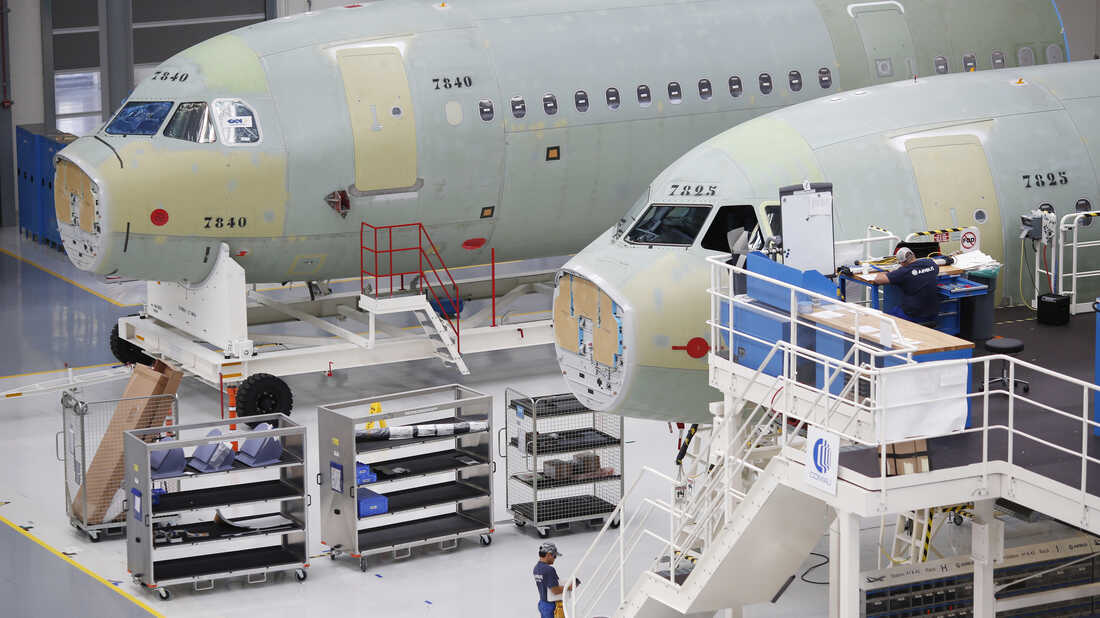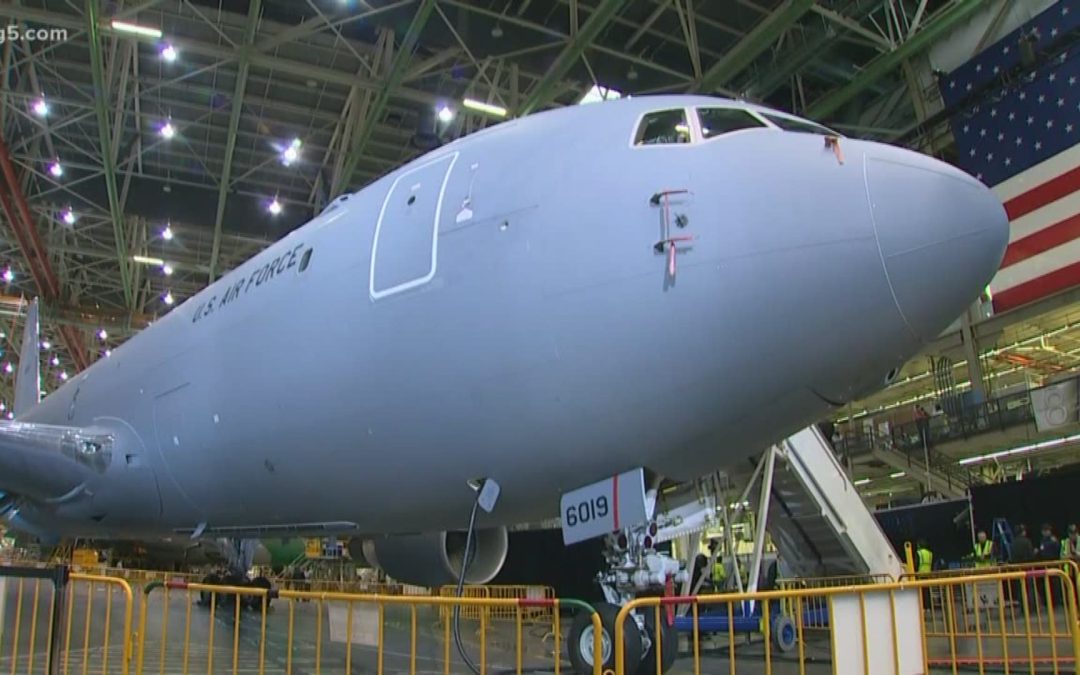Achieving consistent color matching in aircraft painting is a critical aspect of the aviation industry. The aesthetic appeal of an aircraft is the first impression it makes, and achieving a uniform color across the entire surface is essential for both branding and operational reasons. In this article, we will delve into the various methods, technologies, and best practices that can ensure consistent color matching for aircraft painting projects.

The Importance of Color Consistency
Color consistency is paramount in aircraft painting for several reasons. It reflects the quality and attention to detail of the manufacturer, assures clients of the reliability of the company, and maintains the brand’s identity. Furthermore, discrepancies in color can lead to additional costs for repainting and extended downtimes.
Impact on Branding
For airlines, a consistent color scheme across their fleet is a part of their brand identity. This uniformity helps passengers and clients identify the airline quickly and fosters a sense of trust and reliability. It’s essential to employ advanced color matching techniques to maintain such brand consistency.
Operational Significance
Color mismatches can result in operational delays, especially if an aircraft has to undergo repainting due to inconsistency. This downtime can affect schedules and lead to less efficient operations. Ensuring color matching consistency helps in maintaining operational efficiency and reliability.
Technologies for Achieving Consistent Color Matching
Several modern technologies aid in achieving consistent color matching in aircraft painting. These include advanced color measurement tools, automated painting systems, and high-quality paints. Implementing these technologies can significantly improve the accuracy and consistency of the paint job.
Advanced Color Measurement Tools
Advanced color measurement tools, such as spectrophotometers and colorimeters, play a crucial role in ensuring color consistency. These tools measure the precise color coordinates and ensure the paint matches the required specifications.
Automated Painting Systems
Automated painting systems, equipped with precision robotic arms, ensure that the paint application is uniform across the entire surface of the aircraft. These systems reduce human error and deliver consistent results every time.
Best Practices for Consistent Color Matching
Implementing certain best practices can greatly assist in achieving consistent color matching in aircraft painting. These practices include thorough surface preparation, meticulous quality control, and regular maintenance of painting equipment.
Surface Preparation
Proper surface preparation is vital to ensure the paint adheres correctly and appears consistent. This step involves cleaning, sanding, and priming the aircraft surface before painting.
Quality Control
Regular quality control checks during the painting process can identify any discrepancies early on and address them promptly. This includes periodic checks using color measurement tools to ensure the paint’s consistency.
Maintenance of Painting Equipment
Regular maintenance of painting equipment ensures that it operates efficiently and delivers consistent results. This includes cleaning the equipment thoroughly after each use and conducting routine inspections for any wear and tear.
Using High-Quality Paints
Another essential aspect of achieving consistent color matching is using high-quality paints. High-quality paints have better pigmentation and consistency, ensuring that the applied color matches the desired shade accurately.
Training and Skill Development
Investing in regular training and skill development for the painting crew is crucial. Skilled painters understand the nuances of color matching and can achieve better results with their expertise.
Challenges in Achieving Color Consistency
Despite the advancements in technology and practices, achieving consistent color matching in aircraft painting comes with its challenges. These challenges include environmental factors, paint variations, and human errors.
Environmental Factors
Environmental factors, such as temperature and humidity, can affect the drying and curing process of the paint, leading to color inconsistencies. Controlling these factors in the painting environment is essential for achieving consistent results.
Paint Variations
Variations in paint batches can result in slight color differences. Ensuring that the paint is mixed and matched correctly before application can help mitigate this issue.
Human Errors
Human errors, such as incorrect mixing ratios or improper application techniques, can lead to color inconsistencies. Implementing automated systems and conducting regular training can reduce these errors significantly.
Innovative Solutions for Color Matching
Several innovative solutions are being developed to address the challenges of color matching in aircraft painting. These include advanced software solutions, AI-driven color matching technologies, and real-time monitoring systems.
AI-Driven Color Matching Technologies
AI-driven color matching technologies utilize artificial intelligence to analyze and match colors with high precision. These technologies can learn from previous data and improve accuracy over time.
Real-Time Monitoring Systems
Real-time monitoring systems track the color consistency throughout the painting process and provide immediate feedback. This allows for quick adjustments and ensures that the final result matches the desired specifications.
Collaboration with Paint Manufacturers
Collaborating with paint manufacturers to develop customized paint solutions can also help achieve consistent color matching. Manufacturers can create paints tailored to specific requirements, ensuring better color consistency.
Success Stories in the Industry
Several companies have successfully achieved consistent color matching in their aircraft painting projects. These success stories highlight the importance of implementing advanced technologies and best practices.
Case Study 1: Airline X
Airline X faced significant color-matching challenges across their fleet. By investing in advanced color measurement tools and automated painting systems, they could achieve consistent color matching and maintain their brand identity.
Case Study 2: Manufacturer Y
Manufacturer Y implemented strict quality control measures and collaborated with paint manufacturers to develop high-quality paints. This resulted in improved color consistency across their aircraft, reducing downtime and repainting costs.
Conclusion
Achieving consistent color matching in aircraft painting is achievable through a combination of advanced technologies, best practices, and innovative solutions. By prioritizing color consistency, the aviation industry can maintain high standards of quality, enhance brand identity, and improve operational efficiency.

Frequently Asked Questions (FAQs)
How important is color consistency in aircraft painting?
Color consistency is crucial in maintaining brand identity, ensuring quality, and avoiding operational delays due to repainting.
What technologies help in achieving consistent color matching?
Advanced color measurement tools, automated painting systems, and AI-driven color matching technologies are instrumental in achieving consistency.
What are the common challenges in achieving color consistency?
Environmental factors, paint variations, and human errors are common challenges that affect color consistency in aircraft painting.
